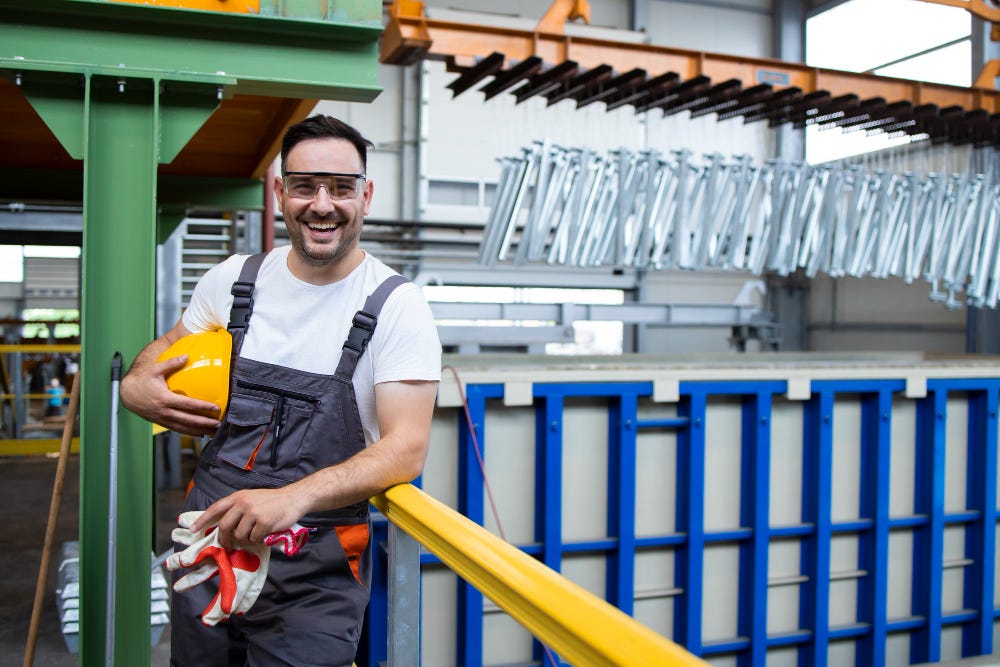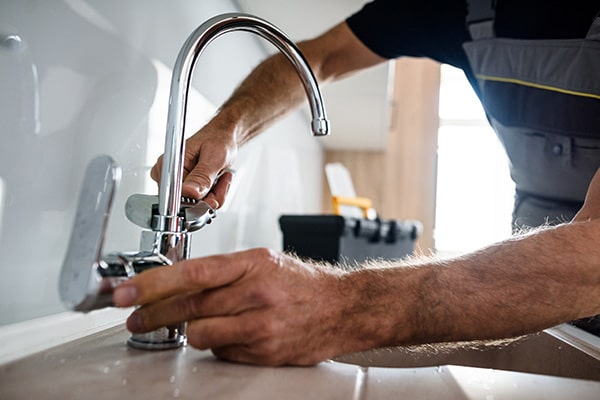Uncovering The Future of Plumbing: Developments and Innovations
BookThey are making a number of great points related to 7 Plumbing Industry Trends You Need To Know as a whole in the content followed below.

Introduction
The pipes sector is undergoing a transformative phase driven by technological advancements and growing worries for sustainability and performance. This post explores emerging patterns and technologies shaping the future of plumbing.
Governing Landscape
Regulative frameworks play a critical duty in shaping the adoption of plumbing technologies, with standards and codes controling whatever from water efficiency to item safety and security. As modern technologies remain to advance, regulatory bodies should adjust to guarantee consumer defense and ecological stewardship.
Future Outlook
The future of plumbing is identified by continued advancement and integration with various other sectors such as IoT, renewable resource, and building automation. By accepting lasting techniques, leveraging arising innovations, and prioritizing user-centric layout, the plumbing sector is positioned to attend to the evolving needs of culture while lessening its ecological impact.
Augmented Reality in Plumbing
Augmented Fact (AR) modern technology is transforming pipes by giving specialists with real-time visual support for fixing and fixing tasks. AR-enabled clever glasses or mobile applications overlay digital info onto the physical atmosphere, assisting plumbing technicians envision pipe layouts, identify concealed leakages, and execute repairs with precision.
Effect of 3D Printing
The arrival of 3D printing has introduced new possibilities in manufacturing plumbing components. From custom-designed components to intricate pipe installations, 3D printing permits fast prototyping and on-demand manufacturing, minimizing lead times and enabling greater modification in plumbing style.
Health and Safety Qualities
In action to enhanced problems for health and safety, plumbing components are incorporating attributes such as antimicrobial surfaces, touchless procedure, and self-cleaning systems. These technologies not just boost hygiene yet also advertise individual comfort and ease.
Hygiene-focused Components
Touchless faucets, self-sanitizing commodes, and antimicrobial surface areas are becoming increasingly prevalent in property and business settings, reducing the danger of bacterium transmission and advertising a cleaner, healthier environment.
Water High Quality Monitoring
Developments in water top quality surveillance technologies allow property owners to keep track of the purity and safety and security of their supply of water in real-time. Smart water high quality sensing units can find impurities, pH levels, and temperature variations, equipping individuals to take proactive measures to make sure water safety and security.
Remote Pipes Providers
Remote diagnostics and digital support are changing the way plumbing services are provided. Through video clip conferencing and remote gain access to technologies, plumbers can repair concerns, offer advice for DIY fixings, and also do remote assessments, providing greater ease of access and ease to property owners.
Difficulties and Opportunities
While plumbing technologies hold enormous assurance, they likewise existing challenges such as information privacy issues, regulative conformity, and the demand for workforce training. Attending to these challenges requires partnership between market stakeholders and regulative bodies to make certain safe and responsible implementation of new innovations.
Smart Pipes Equipments
Incorporating smart technology into plumbing systems enables remote surveillance, leakage discovery, and automated maintenance. Smart sensing units and IoT (Web of Points) tools allow homeowners and plumbing technicians to keep an eye on water use and spot issues in real-time, bring about more reliable resource monitoring and positive maintenance.
Water Performance Solutions
With increasing focus on water preservation, innovative remedies are being established to lessen water wastage in plumbing systems. High-efficiency fixtures, greywater recycling systems, and wise watering controllers are among the modern technologies helping consumers minimize their water footprint while keeping convenience and convenience.
Lasting Materials
The change in the direction of sustainability includes pipes materials, with a growing preference for eco-friendly options. Eco-friendly piping products, such as PEX (cross-linked polyethylene) and HDPE (high-density polyethylene), deal sturdiness and resistance to rust without compromising environmental integrity.
Predictive Upkeep
Anticipating maintenance strategies leverage information analytics and machine learning algorithms to anticipate and prevent plumbing issues before they happen. By evaluating historic data and efficiency metrics, anticipating maintenance algorithms can recognize patterns and anomalies, making it possible for positive interventions to prevent pricey repairs and disruptions.
Final thought
To conclude, the future of plumbing is specified by a merging of modern technology, sustainability, and user-centric style. By welcoming clever solutions, lasting materials, and aggressive upkeep methods, the pipes market can enhance performance, promote safety and security, and add to a more sustainable future.
Plumbing Technology Trends 2024: Shaping a Sustainable and Efficient Future
Plumbing Technology: A Beacon of Innovation
Intelligent Plumbing Systems: The adoption of smart plumbing solutions offers unparalleled control over water usage, preventing waste and ensuring optimal efficiency. These systems can be installed by qualified contractors and may require technicians with expertise in new codes for proper functionality. Eco-Friendly Piping: Innovations in piping materials, like PEX and recycled content options, are making plumbing systems more sustainable. These materials are not only better for the environment but also durable and flexible, making them easier to install and less likely to need repairs. Automated Leak Detection: New plumbing technologies include systems that can automatically detect leaks. This is a big deal because it means we can fix them before they cause a lot of damage or waste too much water. It’s all about catching problems early and saving resources. Energy-Efficient Water Heaters: There’s also a big push towards devices that use less energy. This includes solar and tankless models, which provide hot water only when it’s needed, cutting down on energy use and costs. Plumbers: Champions of Sustainability
Adopting Green Practices: Contractors who specialize in sustainable plumbing can ensure your system meets the latest regulations and utilizes efficient valves. They undergo comprehensive training programs that emphasize sustainability in practices like eco-friendly installations. Water Conservation Efforts: Through the installation of high-efficiency appliances, plumbers are essential in reducing water consumption and promoting conservation. When repairing or replacing older fixtures, plumbers can recommend high-efficiency options that comply with local codes. Pipe: The Lifeline of Modern Plumbing
Innovative Pipe Solutions: The use of environmentally friendly and durable materials in pipes, like PEX and recycled content options, reduces the ecological footprint and enhances water quality. These innovative pipe solutions may require specialized repair techniques from qualified plumbers familiar with the materials. Advanced Leak Detection: Modern pipes are now more frequently equipped with sensor technology that can identify leaks early, conserving water and preventing damage. Early leak detection can save homeowners money on repair costs and potential water damage. Water Heater: At the Forefront of Efficiency
Renewable Energy Heaters: Solar heaters and other renewable energy-powered models are becoming more common, offering an eco-friendly alternative to traditional methods. These benefit the environment but can also potentially lead to lower water bills through reduced energy use. On-Demand Heating: Tankless heaters have gained popularity for their ability to provide hot water as needed, minimizing energy waste. This innovative technology eliminates the need for a large storage tank, freeing up valuable space and simplifying the installation process for qualified plumbers. https://intownplumbingtx.com/articles/plumbing-technology-trends/

I'm very interested by 7 Plumbing Industry Trends You Need To Know and I'm hoping you appreciated our blog entry. Feel free to take the opportunity to distribute this article if you liked it. Thank-you for taking the time to read it.
Estimate Free